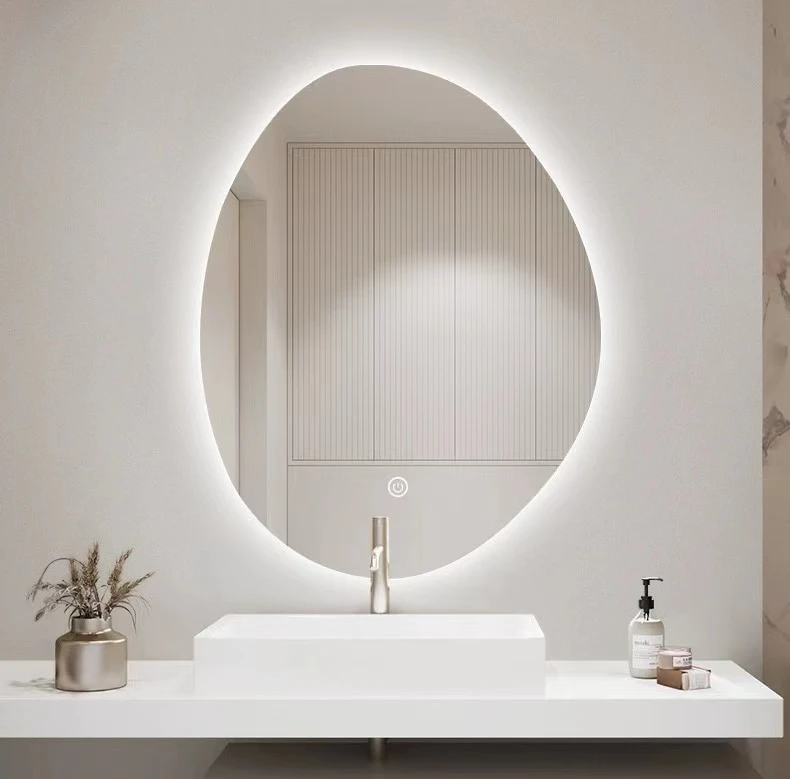

Exploring the Aesthetic and Practical Aspects of Blue Low-E Glass
In recent years, the architectural design landscape has increasingly embraced innovative materials that blend functionality with aesthetics. One of the standout materials in modern architecture is blue low-emissivity (low-E) glass. This type of glass not only enhances the visual appeal of buildings but also serves significant practical purposes in energy efficiency and climate control.
What is Low-E Glass?
Low-E glass is coated with a thin layer of metallic oxides, which significantly reduces the amount of infrared and ultraviolet light that can pass through it without compromising the amount of visible light transmitted. This makes low-E glass an excellent choice for a variety of applications, from residential windows to commercial facades. The blue designation refers to the hue imparted by certain coatings, which can range from a subtle hint of blue to a deeper blue shade, depending on the manufacturing process and intended aesthetic.
Aesthetic Appeal
The use of blue in architecture is nothing new; it evokes feelings of calmness and tranquility, reminiscent of clear skies and cool waters. Incorporating blue low-E glass into building design can dramatically enhance the visual character of a structure. It offers a modern twist while providing a reflective quality that can create fascinating interplay with natural light.
Architects and designers find blue low-E glass particularly appealing for contemporary buildings where large glass surfaces dominate. The bluish tint complements various materials, such as steel and concrete, and can create stunning visual contrasts when used alongside warmer materials like wood. Moreover, the glass can alter its appearance throughout the day, shifting with the light, thus bringing a dynamic aspect to the building facade.
Energy Efficiency

One of the most compelling features of blue low-E glass is its energy-efficient properties. In a world increasingly focused on sustainability and reducing carbon footprints, building models that support energy conservation are in high demand. Low-E glass minimizes heat transfer, keeping interiors warmer during winter and cooler in summer. This thermal performance translates to reduced energy consumption for heating and cooling, resulting in lower utility bills and decreased reliance on fossil fuels.
Moreover, the reduction of UV rays protects interior furnishings, carpets, and artwork from fading, prolonging their life and reducing replacement costs. Many homeowners and business owners are now aware of the financial and environmental benefits of incorporating energy-efficient materials into their buildings, making blue low-E glass an optimal choice for new constructions and renovations alike.
Regulatory Trends
In response to increasing awareness of climate change, many regions have adopted stricter building codes and regulations concerning energy efficiency. Using blue low-E glass often meets or exceeds these requirements, giving builders and developers an edge in a competitive market. By choosing materials that comply with sustainability standards, architects can not only facilitate better environmental practices but also appeal to clients interested in green building certifications such as LEED (Leadership in Energy and Environmental Design).
Conclusion
As we look toward the future of architectural design, blue low-E glass represents a perfect marriage of beauty and practicality. With its striking aesthetic appeal and proven energy efficiency, it stands out as a material that can shape the skylines of cities while contributing positively to the environment.
The versatility of blue low-E glass allows it to fit seamlessly into various designs, from elegant residential homes to striking commercial buildings. As more architects, builders, and homeowners recognize its benefits, we can expect to see an increase in its use, leading to more sustainable and visually captivating structures. Embracing innovative materials like blue low-E glass not only marks a step forward in architectural design but also signals a commitment to creating a sustainable future. As we continue to innovate and adapt, one thing is clear the built environment can be both beautiful and responsible, and blue low-E glass is at the forefront of that transformation.